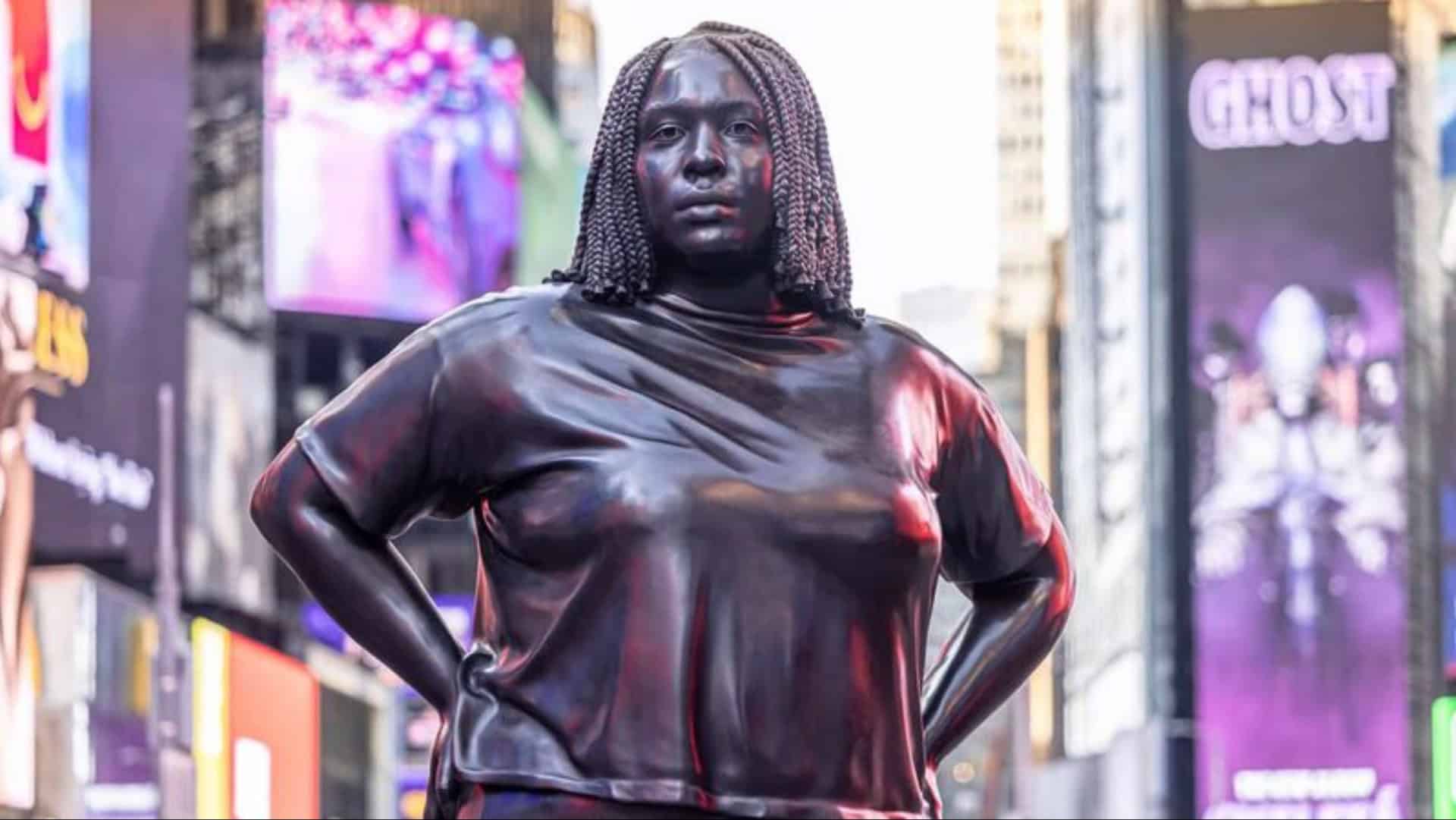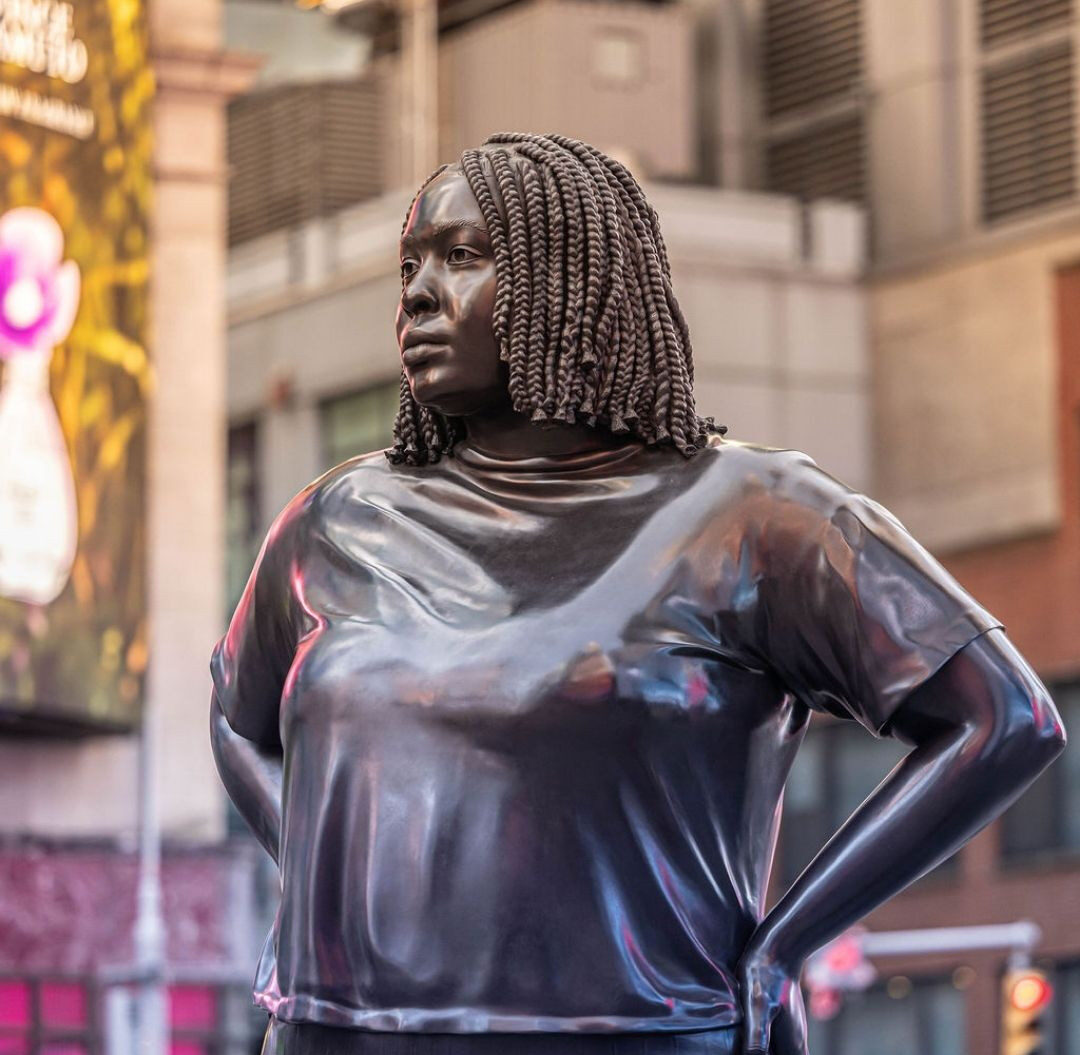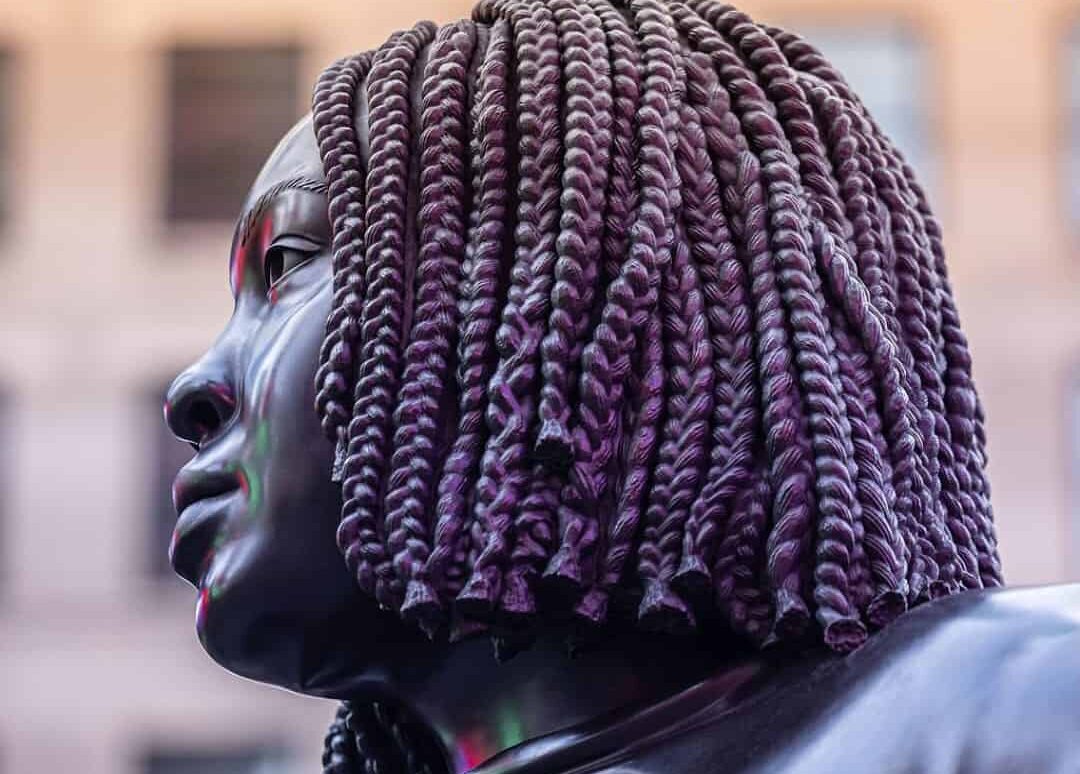“Grounded in the Stars,” a bronze statue by British artist Thomas J Price, stands in Times Square, challenging traditional ideas about identity and representation.
While its intent is to evoke empathy and reflection, public perception skews negative.
Critics argue the statue appears to be a superficial gesture toward diversity, failing to inspire due to its neutral, apathetic pose.
1. Location and Exhibition
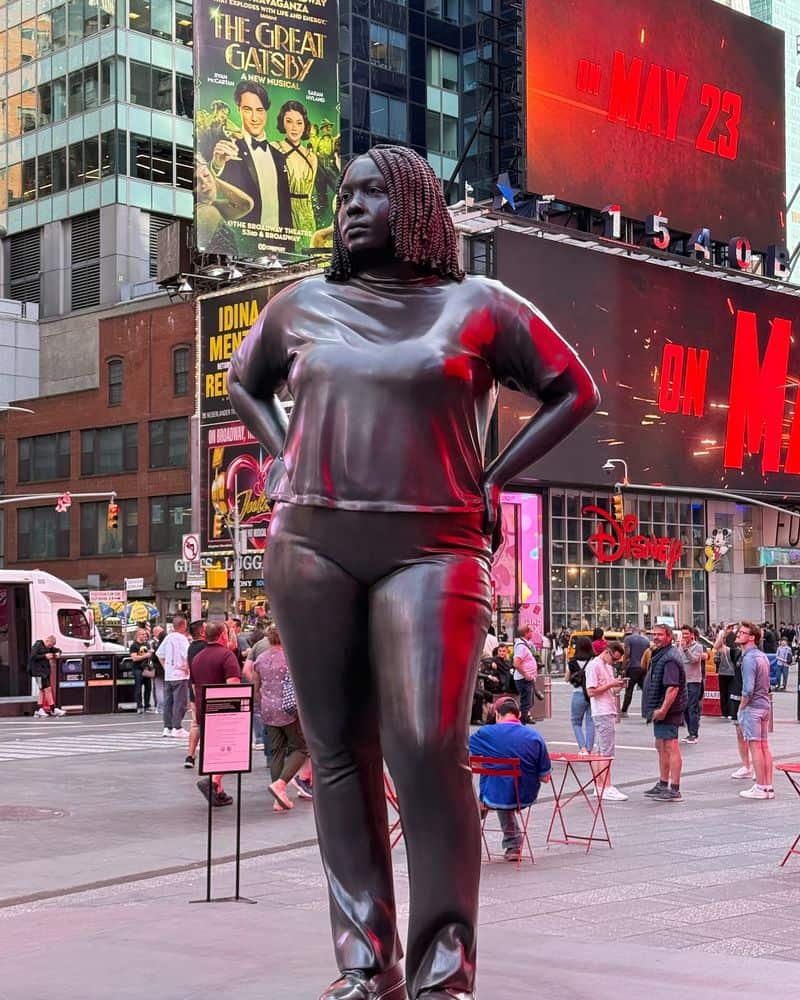
Displayed at the bustling intersection of Broadway Avenue and 46th Street in Times Square, this art installation draws attention.
Amidst the vibrant backdrop of New York City, its presence is hard to overlook. The statue remains on display until June 17th, inviting viewers to engage with its artistic message.
It stands as a beacon in the city that never sleeps.
2. Artist and Intent
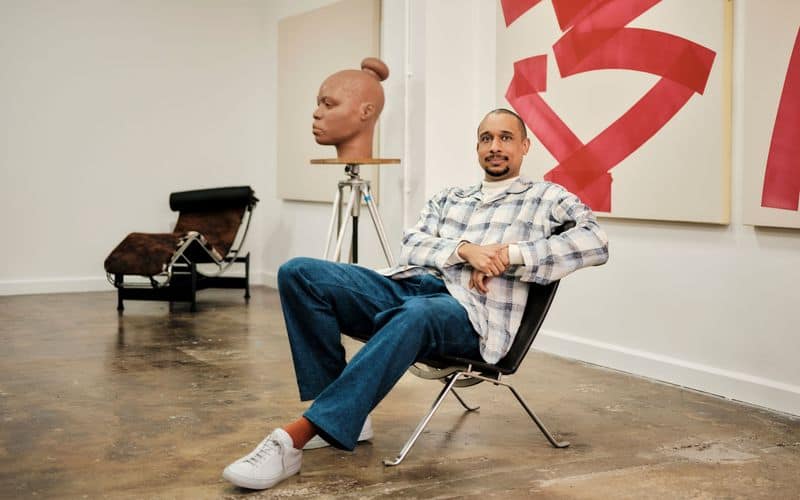
British artist Thomas J Price, known for challenging perceptions of identity, created this piece.
His aim was to provoke thought, using scale and material to question representation.
Price’s work often explores societal assumptions, pushing audiences to reconsider monumentalization in art.
His intent with this statue is no different, seeking to disrupt traditional triumphal depictions.
3. Artistic Description
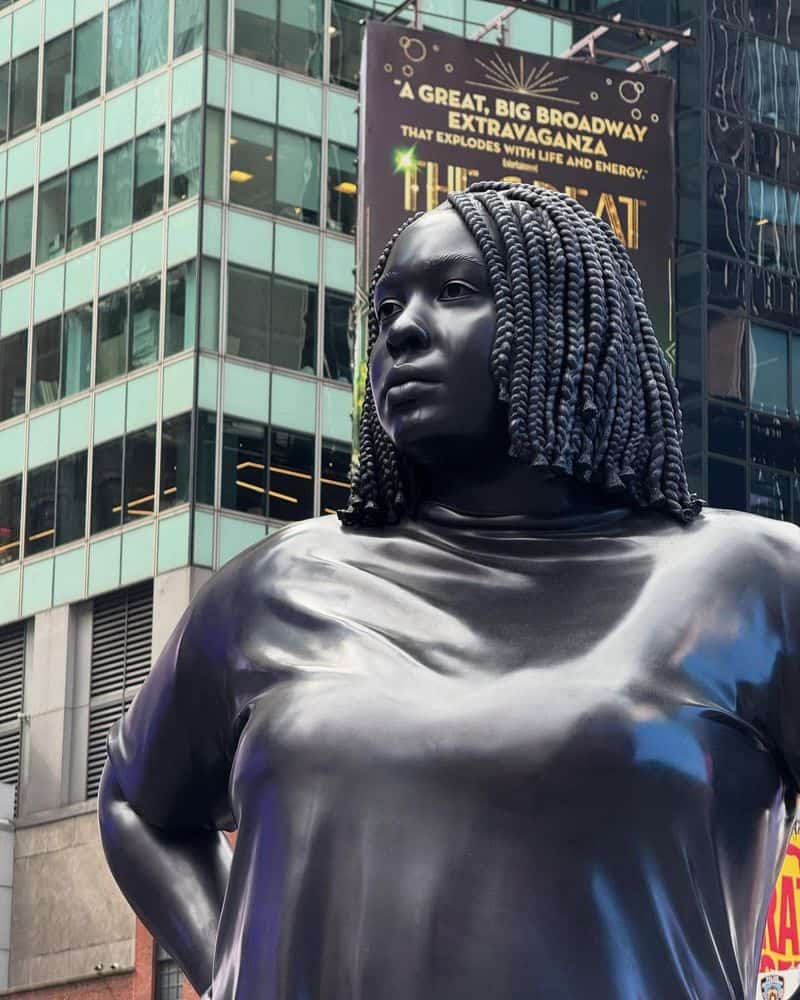
The statue, crafted from bronze, features a woman in an unassuming pose. Its design aims to disrupt traditional notions of triumph.
The neutral posture and material choice are deliberate, challenging viewers to rethink what defines a monumental figure.
This artistic approach aims to provoke introspection about representation and identity within the public sphere.
4. Public Perception
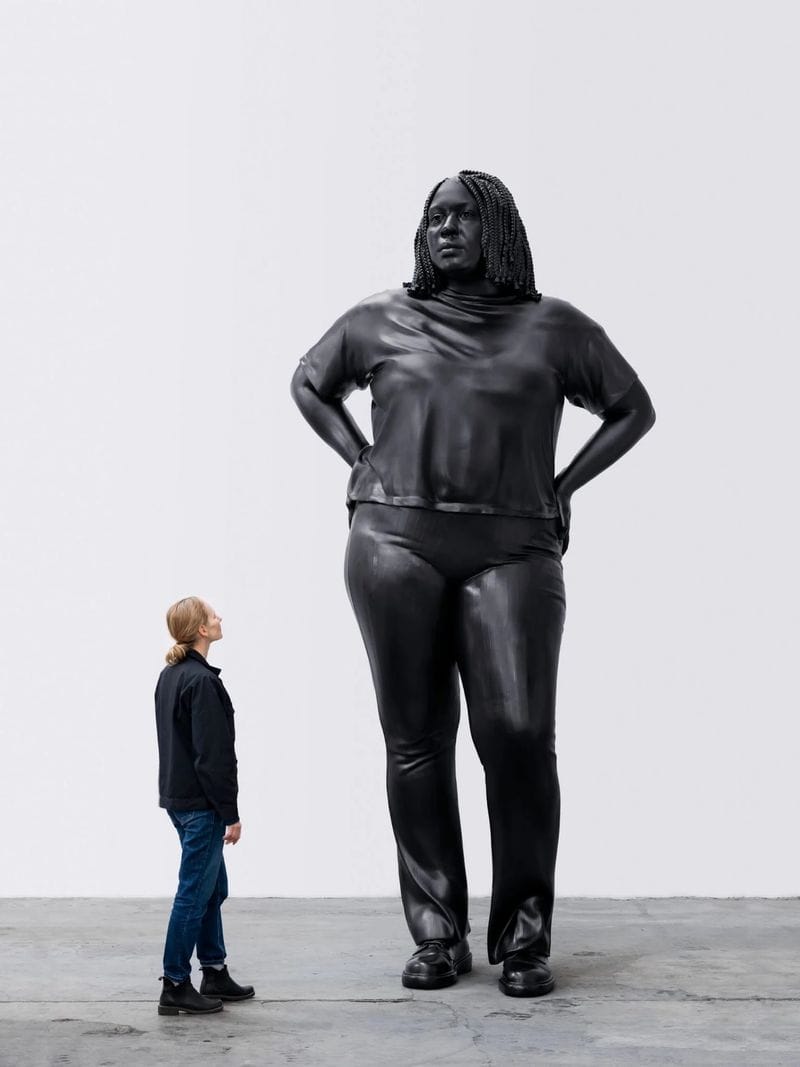
Public reaction is mixed but often leans negative. Many see the statue as a mere token of representation. Critics argue it lacks inspiration and fails to captivate.
Its neutral stance has been described as apathetic, sparking debate rather than admiration.
The statue’s reception continues to be a topic of conversation among locals and tourists alike.
5. Empathy and Introspection
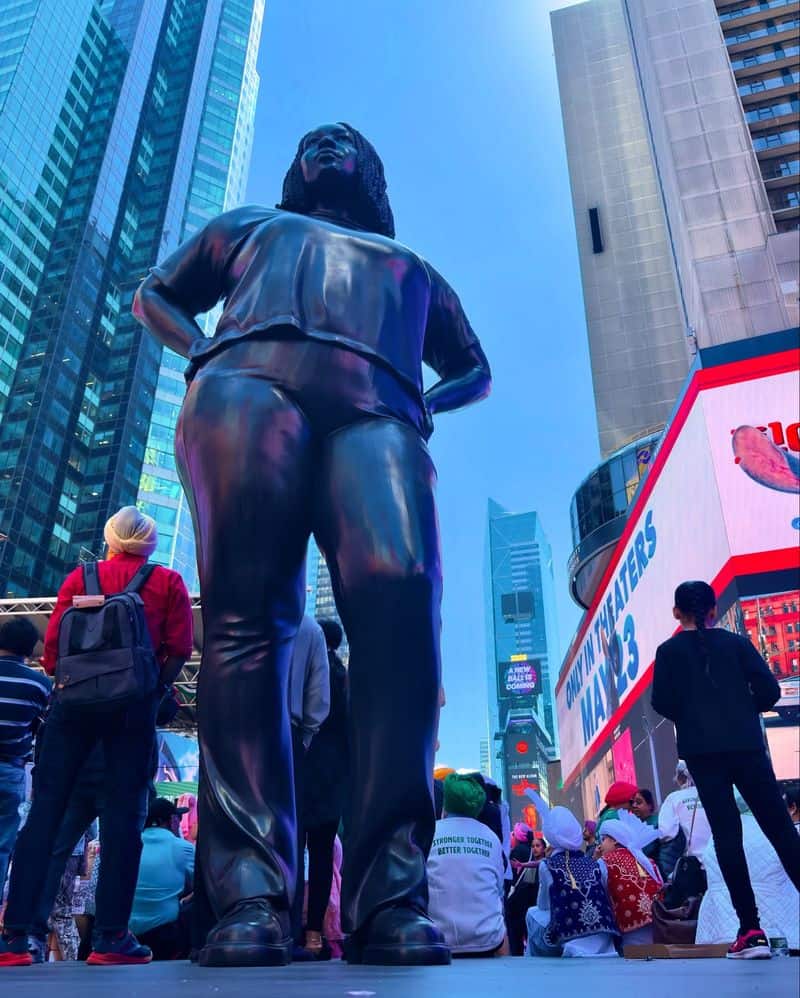
The statue was meant to evoke empathy and encourage introspection. However, the intended emotional impact has been questioned.
Instead of inspiring understanding, its aloof expression leaves many cold.
The piece is intended to serve as a mirror for viewers to reflect on their own biases, yet it often misses its mark in fostering genuine connection.
6. Comparison to Duffy Square Statues
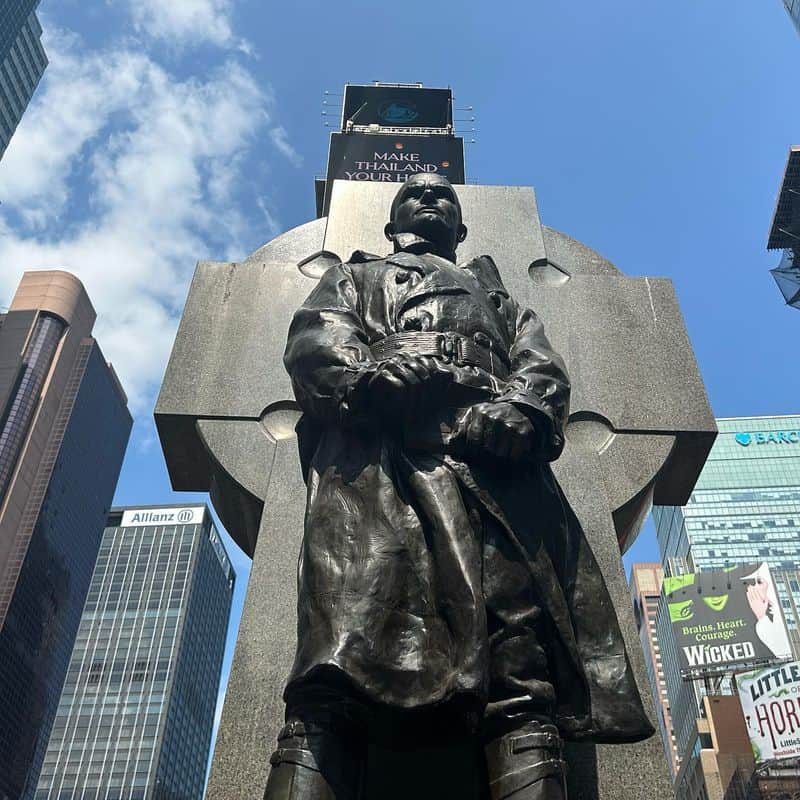
Contrasted with the statues of men in Duffy Square, “Grounded in the Stars” offers a stark difference. The male statues embody traditional ideas of power.
In comparison, this new installation challenges those conventions.
Yet, its impact seems muted. While aiming for introspective dialogue, the contrast often highlights what some perceive as artistic shortcomings.
7. Body Positivity Message
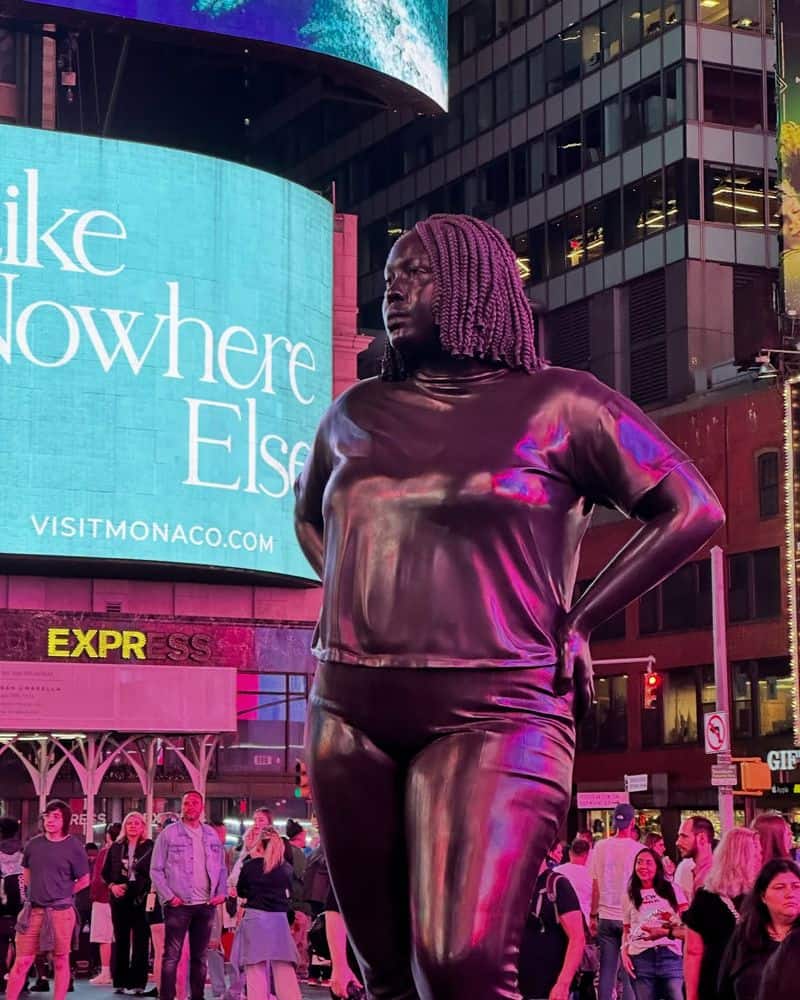
Beyond race, the statue subtly promotes body positivity. Its representation of a curvier figure aims to celebrate diversity in form.
Imagining Times Square with a statue posing more dynamically excites some, yet the current stance falls short.
The figure’s static nature limits its potential to champion body acceptance, overshadowing an otherwise positive message.
8. Criticism of Pose
The pose has drawn significant criticism. Described as neutral and apathetic, it fails to inspire the viewer.
Critics argue that a more dynamic stance could better capture artistic beauty and representation.
This static positioning detracts from the potential emotional and visual impact, leading to discussions on missed opportunities in artistic expression.
9. Facial Expression Debate
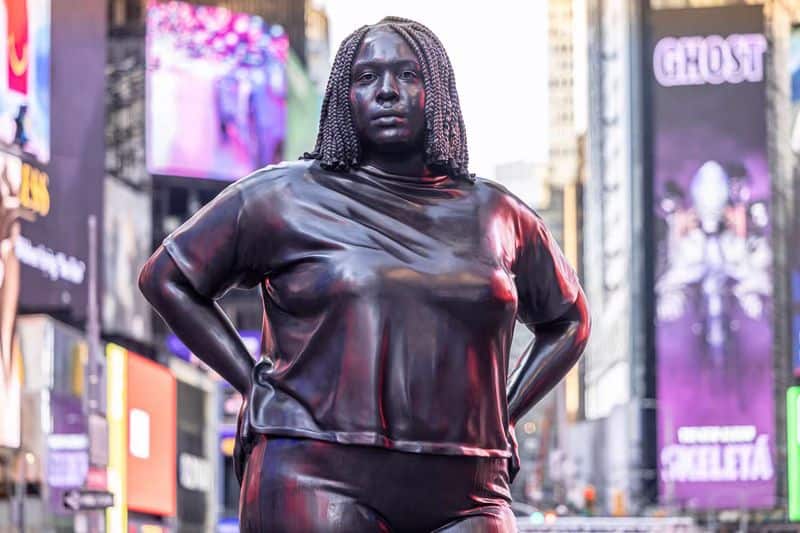
The statue’s expression has sparked debate. Some say it resembles someone about to engage in trivial disputes.
This perception detracts from its intended empathetic narrative. The expression, meant to provoke introspection, often confuses viewers instead.
It’s become a focal point for discussion, overshadowing the statue’s broader message about identity and representation.
10. Cultural Impact
Situated in Times Square, the statue serves as a contemporary discussion piece, engaging audiences on issues of identity.
However, its reception reveals a gap between intention and public engagement.
The discourse it generates highlights its role in the ongoing dialogue about representation and the state of modern art.

